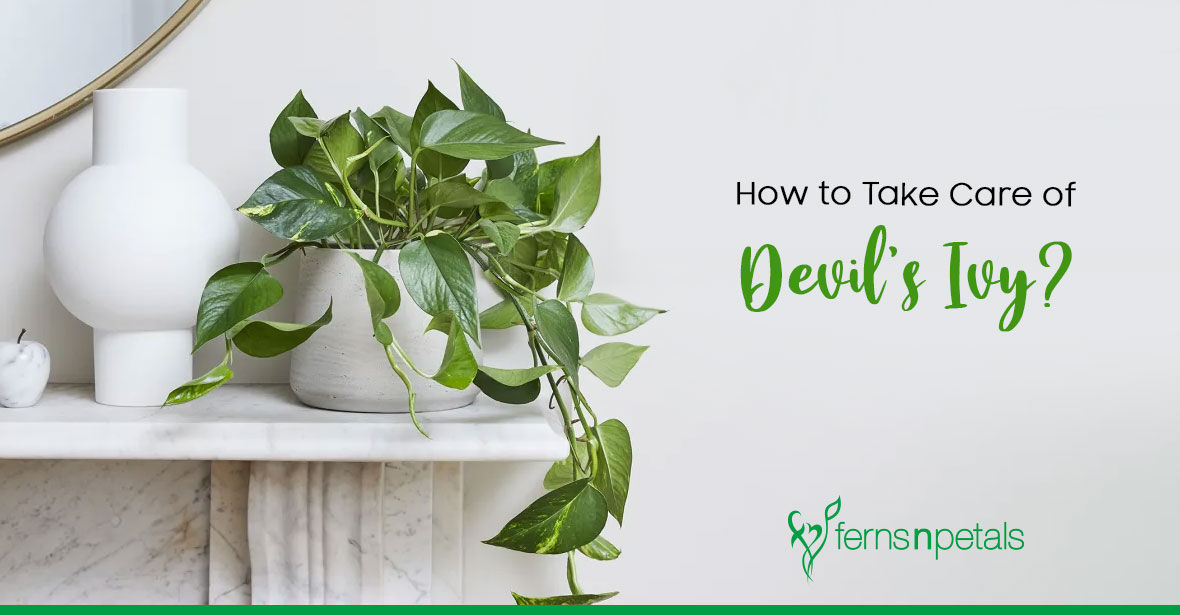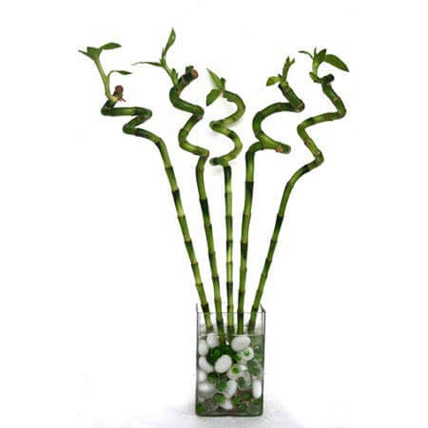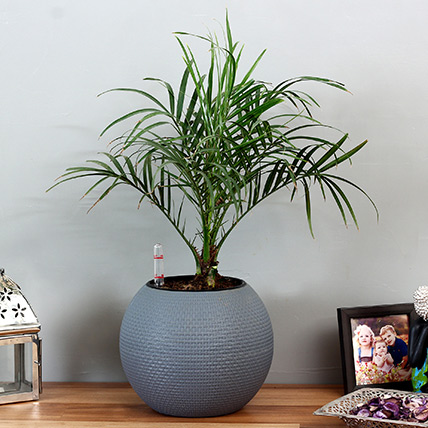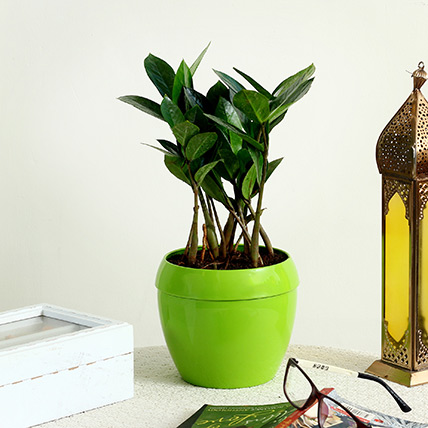How to Take Care of Devil's Ivy?
- Author: Anushka Published: 18th November, 2021
Devil's Ivy, Scindapsus, Epipremnum aureum, hunter’s robe, Devil’s vine, Ceylon creeper, Pothos - whatever you call it, this plant is a gorgeous vine-like plant with heart-shaped leaves and can grow in every direction. Among many other reasons, these lush leaves are famous because they can survive for years with little to no effort. If you are wondering about its bizarre name, it is called so because it is impossible to kill it and it stays green even when kept in dark. The plants are the perfect definition of evergreen indoor plants.

Even though they’re not really attention seekers, there are still things you can do to help them thrive. So in this guide, you’ll find all the best Pothos care tips and tricks. Watch out for the space below.
Only Moderately Bright & Shady Spots for Our Rockstar
Since they are native to tropical regions, Devil Ivy’s will thrive best in moderately bright, indirect sunlight. They are a low-light tolerant plant. Keep them out of full and direct sunlight as they probably won’t survive, especially in hotter months. Though it will grow a little slower in a darker place, it’s much better than harsh sunlight that will only hurt the plant.
Not So Desperate for Water
There is no need to water this plant heavily. You can get away with watering it every 1 -2 weeks in summers and once a month in winters. Just keep a timely check on the soil. If the leaves appear limp and the soil feels dry, hydrate them.
Is Crazy About Humidity
The Devil’s Ivy plant prospers on average in warm environments and in the air with lots of moisture. That is why they are best placed in the bathroom or kitchen. If you want to place it anywhere in the living room or bedroom, just spray it lightly from time to time.
Some Fertiliser for the Best Growth
Being a light feeder, it doesn’t require much fertiliser. You can go for a water-soluble fertiliser or compost tea to keep it growing.
Low on Maintenance & Easy Going
The plant is very much basic and doesn’t require much effort on your part. If you don’t want it to take over your entire house, trim the stems regularly. Cut off the dead and yellowing leaves or any other damaged items. This will keep it in shape and all bushy. You may place the cuttings in a jar for 2 - 3 weeks to stimulate rooting.









